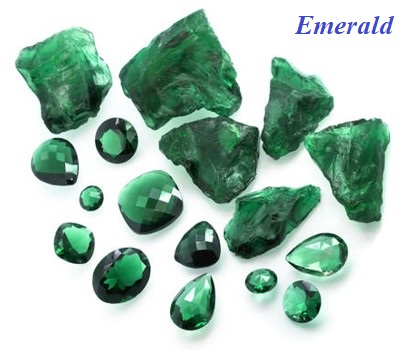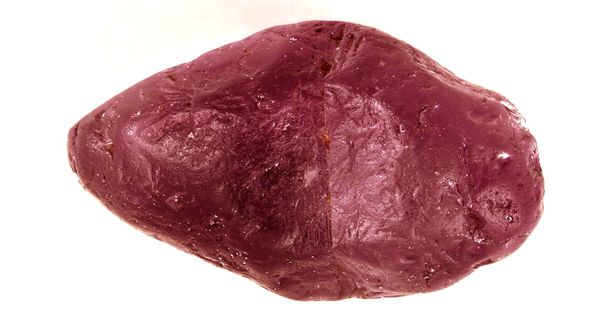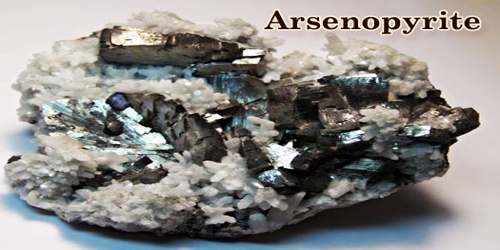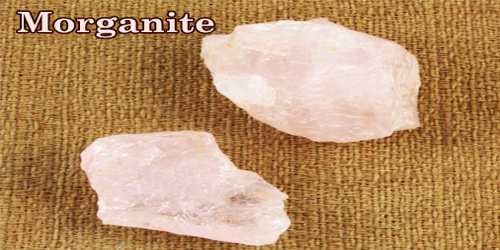Emerald is a precious gemstone and a variety of the mineral beryl [Be3Al2(SiO3)6] colored green by trace amounts of chromium and sometimes vanadium. It is a bright green precious stone consisting of a chromium-rich variety of beryl. Emeralds occur in hues ranging from yellow-green to blue-green, with the primary hue necessarily being green. Yellow and blue are the normal secondary hues found in emeralds. The finest emeralds are approximately 75% tone on a scale where 0% tone is colorless and 100% is opaque black.
General Information
- Category: Beryl variety
- Formula: [Be3Al2(SiO3)6]
- Crystal system: Hexagonal (6/m 2/m 2/m) Space group: P6/mсc
- Space group: (6/m 2/m 2/m) – dihexagonal dipyramidal.

Properties
Beryl has a hardness of 7.5–8 on the Mohs scale. Most emeralds are highly included, so their toughness (resistance to breakage) is classified as generally poor. Emerald is a cyclosilicate.
- Formula mass: 537.50
- Color: Green shades of colorless
- Crystal habit: Massive to well Crystalline
- Fracture: Conchoidal
- Mohs scale hardness: 7.5–8
- Luster: Vitreous
- Streak: White
- Diaphaneity: Transparent to opaque
- Specific gravity: Average 2.76
- Optical properties: Uniaxial (−)
Occurrence
Emeralds are found all over the world in countries such as Afghanistan, Australia, Austria, Brazil, Bulgaria, Cambodia, Canada, China, Egypt, Ethiopia, France, Germany, India, Italy, Kazakhstan, Madagascar, Mozambique, Namibia, Nigeria, Norway, Pakistan, Russia, Somalia, South Africa, Spain, Switzerland, Tanzania, the United States, Zambia, and Zimbabwe.
Emeralds in antiquity were mined in Egypt at locations on Mount Smaragdus since 1500 BCE, and India, and Austria since at least the 14th century CE. The Egyptian mines were exploited on an industrial scale by the Roman and Byzantine Empires, and later by Islamic conquerors.
Colombia is by far the world’s largest producer of emeralds, constituting 50–95% of the world production, with the number depending on the year, source, and grade.
Information Source:
















